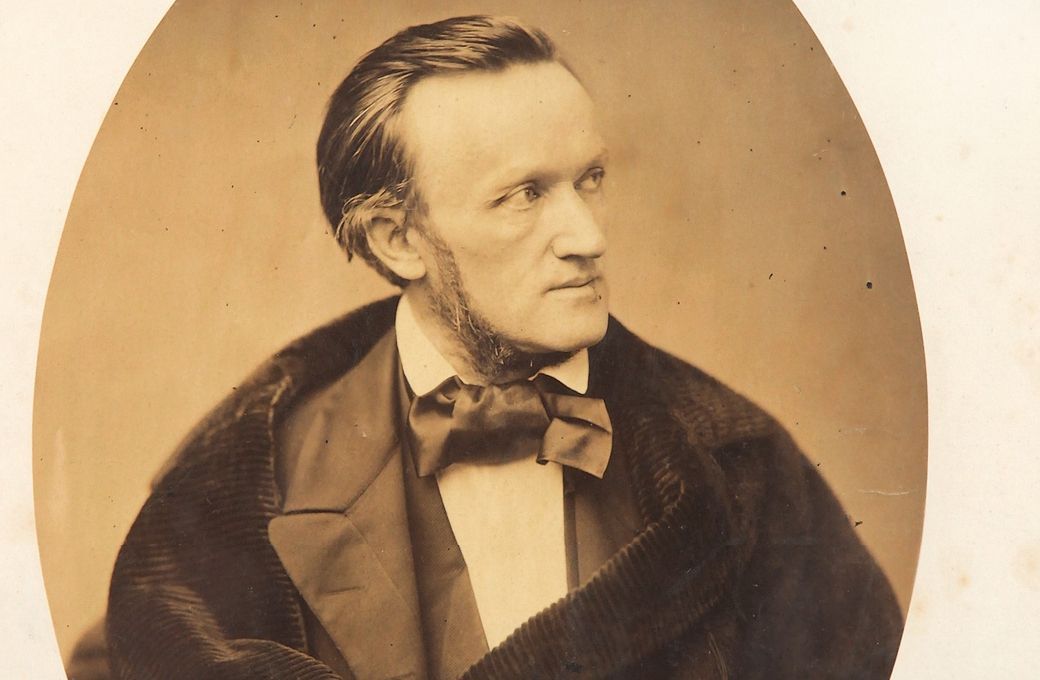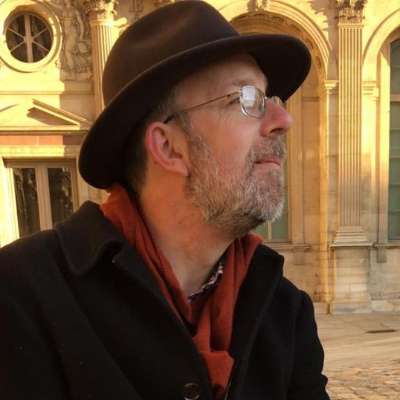Few composers are as divisive as Richard Wagner. Even putting aside his controversial character, holding pretty repugnant political and antisemitic views, his music split audiences. A bit of a megalomaniac, his operas became all-engulfing “music dramas”, drawing on his concept of the Gesamtkunstwerk (the total work of art) which synthesised music and poetry with stagecraft, a unification of the arts through theatre. He even had an opera house built – the Bayreuth Festspielhaus – specifically to stage his works.

Wagner’s music was revolutionary and it influenced generations of composers. Claude Debussy made two pilgrimages to Bayreuth. In 1877, after hearing Act 1 of Tristan und Isolde, he declared it “decidedly the finest thing I know”, but by 1903 he had turned dissenter, commenting that Wagner was “a beautiful sunset that was mistaken for a dawn”.
Although other composers had used Leitmotifs before, Wagner took it to new levels. Der Ring des Nibelungen – his epic 15-hour tetralogy based on Norse sagas charting the fall of the gods – employs recurring Leitmotifs that represent characters, objects, actions and emotions.
His stageworks are lengthy – Rossini famously quipped that “Wagner has some fine moments but some ugly quarter-hours” – and this in itself seems to gird the resolve of the dedicated Wagnerian. Perhaps Rossini would have preferred the highlights – the purple patches – in the playlist below, containing some of the most ground-breaking music ever composed.
1Die Walküre
The first part proper of The Ring, Die Walküre plunges us straight into human tragedy and turmoil: Siegmund and Sieglinde – twins separated at birth – fall in love (whoops). Sieglinde’s husband, Hunding, not unreasonably, seeks vengeance. Wotan, chief of the gods and twin daddy, wants to help Siegmund, but his wife, Fricka, goddess of marriage, forbids it. Brünnhilde, Wotan’s Valkyrie daughter (via another “liaison”), rebels and ends up being punished by losing her godly status and laid to sleep, encircled by a protective ring of fire. But before then, Brünni’s eight sisters provide the “hojotohos” in the famous Ride of the Valkyries.
2Tristan und Isolde
Based on Celtic legend, Tristan und Isolde describes a doomed love affair between an Irish princess on her way to marry the king of Cornwall, and the knight tasked with escorting her. Fuelled by a love potion (substitute for the poison Isolde had intended), the end result is inevitable from the start. That doesn’t stop Wagner from taking four hours to get there. Musically daring, Wagner pushes the bounds of chromaticism and tonal ambiguity, notably in the prelude’s famous “Tristan chord”, which is not resolved until the transcendent close of the opera, where Isolde dies a rapt “love death”.
3Das Rheingold
The “preliminary evening” which sets the scene for The Ring is a brilliant bit of storytelling – gods, giants and dwarves tussle for power, namely ownership of a ring forged from gold which has been stolen from the Rhine. It ends with a curse, a brutal death and the gods, ignoring the pleas of the Rhinemaidens, crossing a rainbow bridge to enter their newly built castle, Valhalla. Little do they realise that the seeds of their destruction have already been sown. To be continued.
4Parsifal
Wagner’s final stage work places us in the realm of Arthurian legend and Sir Percival’s quest for the Holy Grail. Parsifal is a Bühnenweihfestspiel – a sacred festival play – and is revered by Wagnerites, with performances at Bayreuth received almost as a religious act. Amfortas, ruler of the Grail community, suffers an incurable wound, caused by the Holy Spear. According to prophecy, a “pure fool” will bring salvation. Enter the clueless Parsifal, who’s just shot a swan (Wagner had a thing about swans)...
5Götterdämmerung
The final instalment of The Ring sees Brünnhilde, freshly rescued from her fiery sleep by the wild thug Siegfried, who is – let’s not overlook this – her nephew! It’s another love doomed from the start as Siegfried is in possession of the all-powerful ring, which he rescued from the horde of giant-turned-dragon, Fafner. Don’t forget, the ring is cursed. It ends badly. Siegfried is killed – literally stabbed in the back – and Brünnhilde, desperate to bring down the final curtain, leaps into the flames, a self-immolation which sees the destruction of the gods in Valhalla and a collision of more Leitmotifs than you could shake a stick at.
6Der fliegende Holländer
Wagner’s salty tale of the Flying Dutchman – the sea captain doomed to set ashore once every seven years in search of a woman who will be true to him and break the curse – was inspired by his own hazardous sea voyage from Riga, where he was escaping debts, to London in 1839. The overture depicts a fearful tempest, while the Dutchman’s ghostly crew sing a lusty chorus which scares the living daylights out of the Norwegian locals.
7Die Meistersinger von Nürnberg
Wagner didn’t do knockabout fun. Die Meistersinger is only really a comedy in the sense that nobody actually dies. The plot revolves around a song contest in which the prize is marriage to Eva, lovely daughter of mastersinger Veit Pogner. Young Franconian knight Walther von Stolzing tries his hand, but he doesn’t know the guild’s arcane rules. Kindly poet-cobbler Hans Sachs, himself quietly besotted with Eva, offers his advice, but Walther sings a new song, a novelty that confuses but also enchants. Nuremberg awards douze points.
8Lohengrin
Be wary of committing yourself in marriage to someone who places the frankly dodgy condition that you don’t ask him his name. Elsa ignores this advice and discovers that the mysterious knight who rescued her earlier in the opera turns out to be Lohengrin, son of Parsifal (see above), who promptly sails off in a boat drawn by a swan. Deeply weird stuff, but ethereal music (and the prelude to Act 3 is a banger for the brass section).
9Siegfried Idyll
Siegfried may be the least inspired Ring episode [Ed: but it has a dragon!], so it finds no place in this playlist, replaced by the Siegfried Idyll, a birthday present composed by Wagner for his wife, Cosima. It contains themes he would later use in Siegfried when the hero pierces the ring of fire and wakes up the sleeping Brünnhilde. In their villa on Lake Lucerne, on Christmas Day 1870, Cosima was woken up by the strains of music being played on the staircase directly outside her bedroom – a daring move on Wagner’s part, which could have dangerously backfired. It does make a rather beautiful alarm call though.
10Tannhäuser
Another song competition and another wandering knight – Tannhäuser is one of Wagner’s less acclaimed operas. The title character is torn between the saintly Elisabeth and the allure of Venus, goddess of love. Seriously, listen to the heady excitement of the Venusberg bacchanale and contrast it with the pious pilgrims… there is no contest.
Wagner was so fired up composing the Venusberg music that he actually made himself ill. “With much pain and toil I sketched the first outlines of my music for the Venusberg,” he wrote in his autobiography. “Meanwhile, I was very much troubled by excitability and rushes of blood to the brain. I imagined I was ill and lay for whole days in bed…” Venus was clearly an exhausting mistress.
Bonus: Das Liebesverbot
I’d be laughed out of court if I seriously included Wagner’s early comedy Das Liebesverbot (based on Shakespeare’s Measure for Measure) in a top ten playlist, but the overture is tremendous fun – my favourite “you’ll never guess the composer of this” party game poser. Sicilian shenanigans with castanets and tambourine? Wagner’s your man.


